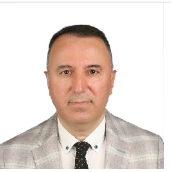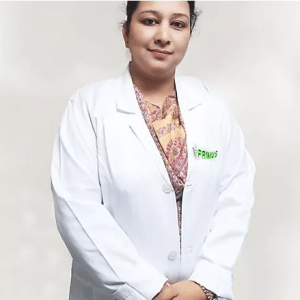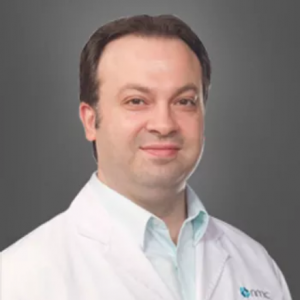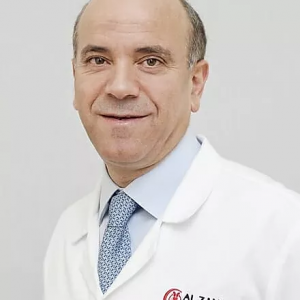Invasive Ductal Carcinoma
Invasive ductal carcinoma begins when abnormal cells form in the milk-producing ducts of the breast and spread to other parts of the breast tissue. It is the most occurring form of breast cancer, making up a large number (80%) of all breast cancer cases. Invasive ductal cancer is also a type of breast cancer that affects males. The condition can also be referred to as ductal carcinoma, infiltrating ductal carcinoma, or IDC breast cancer. Read More
Top Doctors For Invasive Ductal Carcinoma Treatments
Top Hospitals For Invasive Ductal Carcinoma Treatments
Invasive Ductal Carcinoma
Table of contents
- What is Invasive Ductal Carcinoma?
- Causes
- What are the risk factors of invasive ductal carcinoma?
- Symptoms
- How is invasive ductal carcinoma diagnosed?
- What are the stages of invasive ductal carcinoma?
- What is the treatment of invasive ductal carcinoma?
- Prevention
- What is the outlook of invasive ductal carcinoma?
What is Invasive Ductal Carcinoma?
Invasive ductal carcinoma begins when abnormal cells form in the milk-producing ducts of the breast and spread to other parts of the breast tissue. It is the most occurring form of breast cancer, making up a large number (80%) of all breast cancer cases. Invasive ductal cancer is also a type of breast cancer that affects males. The condition can also be referred to as ductal carcinoma, infiltrating ductal carcinoma, or IDC breast cancer. The significant difference between invasive ductal carcinoma and ductal carcinoma in situ is that while the cancer is still contained in the milk ducts in ductal carcinoma, in invasive ductal carcinoma, they have spread and invaded the surrounding breast tissue. Invasive ductal carcinoma can affect older individuals more commonly, but it can still occur at any age.
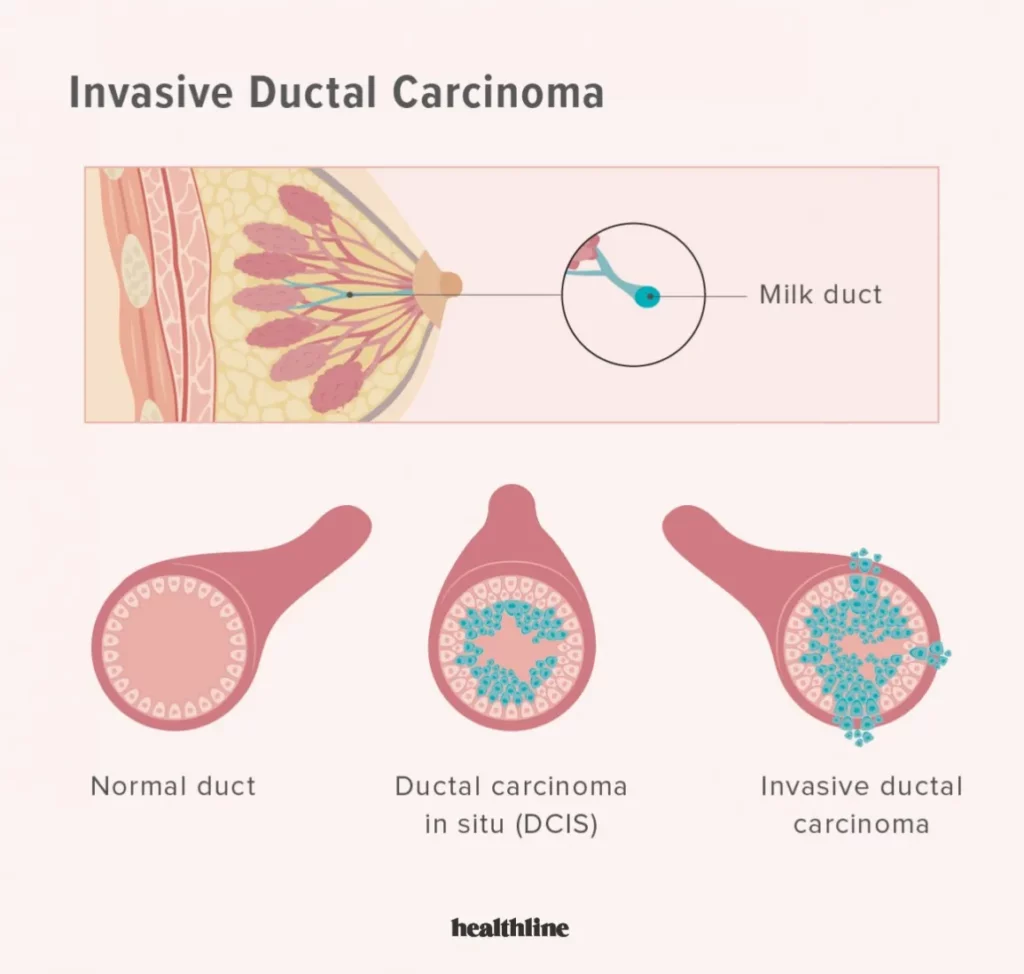
Causes
Changes or mutations cause the disease in the DNA in the cells of the breast. These mutations cause rapid division in the cells, these divisions are unregulated and uncontrolled due to the mutations, and the cells also do not die when they should. These cells eventually clump up and form a lump in the breast (tumor). The exact cause of these mutations, however, is not clear. It is believed that the environment, habits, and genetics of an individual play a part in these mutations.
What are the risk factors of invasive ductal carcinoma?
Some factors that may increase the risk of an individual to the disease include;
- Older age – most people are diagnosed with the disease when they are above 50 years.
- Family history of cancer
- Personal history of cancer
- Prior radiation to the chest area
- Hormone therapy
- Never having been pregnant or having a late pregnancy history
- Genetics
- Alcohol abuse
- Obesity
- Smoking
- Late menopause
- Denser breasts
Symptoms
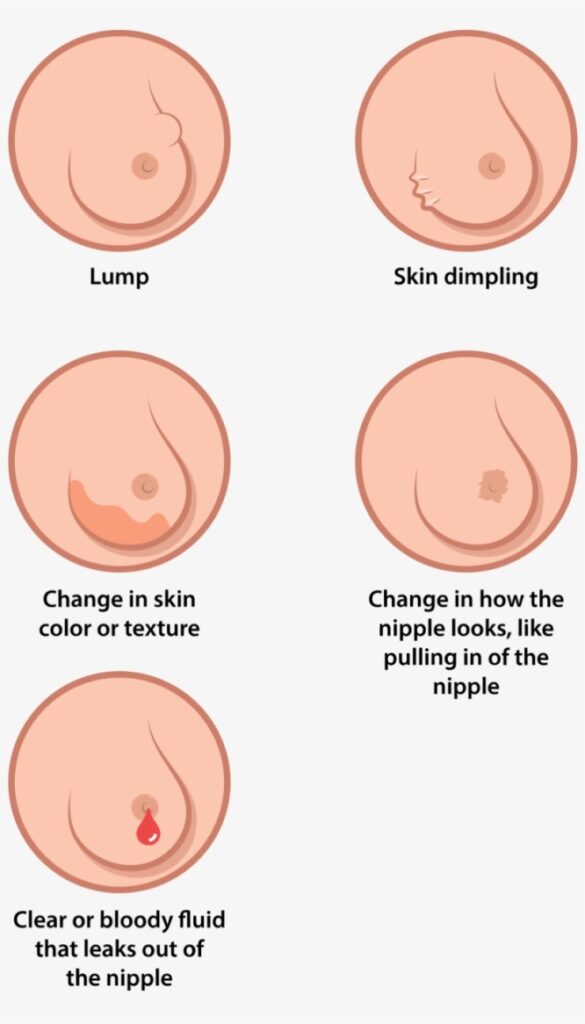
An individual can detect invasive ductal carcinoma as a small lump in the breast, some other symptoms which can be seen in the disease include:
- Swelling in the breast
- Thickening of the breast skin
- Skin irritation
- Nipple retraction or inversion
- Nipple discharge that is not breast milk
- Persistent breast or nipple pain
- Scaly skin on the nipple or breast
- A lump near the armpit
Some people do not experience any of these symptoms, and they may not suspect anything till a lump is picked up on a mammogram. It is advised for individuals to schedule regular screening mammograms as they can help detect potential cancers early, which can help in treatment.
How is invasive ductal carcinoma diagnosed?
The doctor performs a physical examination, and the breast and the surrounding area are examined for lumps and swollen lymph nodes. If the doctor suspects the disease after examination, additional tests may be ordered, some of which include:
- MRI – this can be used to visualize the breast and discover any lumps and their exact locations. This screening method can also be used to detect individuals with a high risk of developing breast cancer.
- Ultrasound – this can also be used to give detailed and clear images of the breast, internal organs, and other tissues. It does not use radiation; hence it is safe for pregnant women.
- Biopsy – this is where a small sample of the breast tissue is collected and sent to a lab for further tests. This test can help confirm if the breast tumor is benign or cancerous.
Invasive ductal carcinoma can appear in several different forms under the microscope. A biopsy will give the most information concerning the subtype of invasive ductal carcinoma that an individual has.
What are the stages of invasive ductal carcinoma?
Staging describes the level of advancement of cancer. This is determined based on the location, the size, and the spread of cancer. There are five stages of ductal carcinoma, they include:
- Stage 0 – in this stage, the cancer is localized to the milk ducts. This stage can also be referred to as non-invasive ductal carcinoma in situ.
- Stage 1 – the cancer has spread outside of the milk ducts to the breast tissue in this stage. It also may or may not have spread to the surrounding lymph nodes.
- Stage 2 – the tumor is small in this stage, but it has spread to the nearby lymph nodes in the armpits.
- Stage 3 – the cancer has spread extensively, but not beyond the breast, its surrounding tissues, and lymph nodes.
- Stage 4 – In this stage, the bones, internal organs as well as nearby and distant lymph nodes are involved.
What is the treatment of invasive ductal carcinoma?
The treatment of this disease depends on factors like the location, the size, and how wide the tumor has spread. Some of the therapies can be given in combination; they include:
Surgery
This is where surgery is done to remove the lump in the breast. It also determines whether the cancer has spread to the surrounding lymph nodes. It is usually the first course of action in treating invasive ductal carcinoma. The surgery can be a lumpectomy which is the removal of the tumor, or a mastectomy which is the complete removal of the breast. It can also involve the dissection and removal of a lymph node. Systemic treatment like radiation or chemotherapy may be administered to shrink the tumors before the surgery is done.
Chemotherapy
This is the administration of medications that help kill the cancer cells or seriously inhibit their replication. It may be administered in pill form or intravenously. The therapy has serious side effects like nausea, pain, and hair loss, and it may take some time to recover from them. Chemotherapy may be combined with other therapies, or different forms of chemotherapy may be used in the treatment of the disease.
Radiation
This is where high-energy beams are directed to the chest region to kill or shrink the tumor cells that may be present in that region. Radiation therapy also has side effects like fatigue, skin changes, etc., and they take time to resolve. Some radiation techniques which can be used in the treatment of invasive ductal carcinoma include – whole breast radiation, internal partial breast radiation, and external partial breast radiation.
Hormonal therapy
Hormonal therapy treats cancers by targeting the cancer cells with receptors for estrogen or progesterone, or both. The presence of these hormones can encourage the multiplication of breast cancer cells. Hormonal therapy is used to remove these hormones, thus preventing the growth and further spread of the cancer cells. Hormonal therapy may have side effects, which may include hot flashes and fatigue. The side effects may take several months to a year to resolve once the treatment has been stopped.
Targeted therapies
These are targeted at specific proteins of the cancer cells that affect their growth and multiplication. Targeted therapies are less likely to harm healthy cells, unlike chemotherapy, but they still have side effects. Pregnant women are advised not to use targeted therapy. There are different forms of targeted therapies that exist; some of them are – monoclonal antibodies, antibody-drug conjugates, kinase inhibitors, and PARP inhibitors.
Immunotherapy
Immunotherapy drugs help the body’s immune system detect cancer cells, enabling the cells to attack the cancer cells.
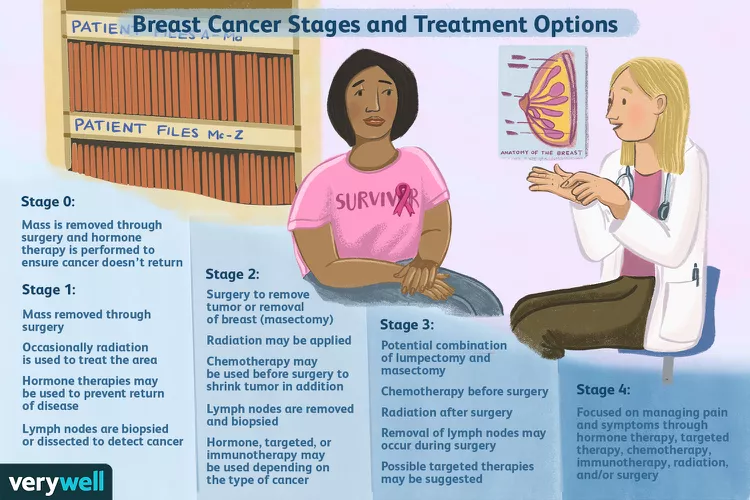
Prevention
Invasive ductal cancer cannot be prevented directly, but some steps which can significantly reduce an individual’s risk of getting the disease include:
- Quitting of smoking
- Maintaining a healthy body weight
- Regular exercise
- Avoiding excessive alcohol intake
- Eating healthy
What is the outlook of invasive ductal carcinoma?
The five-year survival rate is high when the cancer is caught in its very early stages, when it is still localized and has not spread. The survival rate, however, reduces drastically on metastasis of cancer. However, each case is individual, and survival rates are based on individuals that have undergone the treatment previously.








